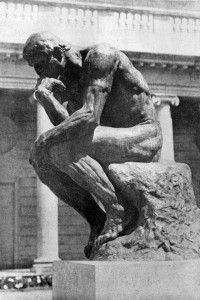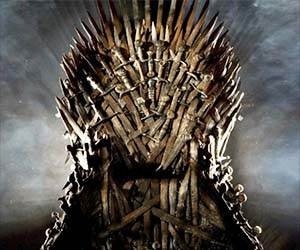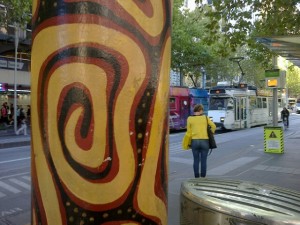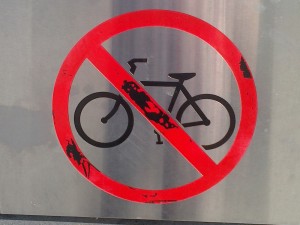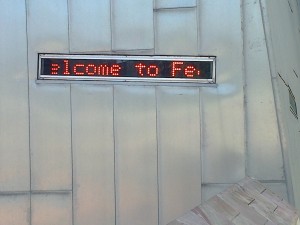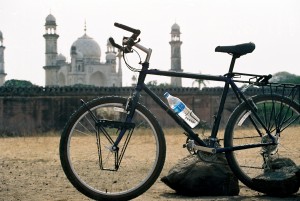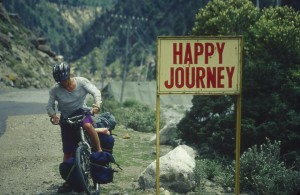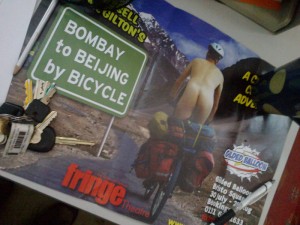This week in lectures the focus was combining two ‘traditions’ of Portrait+Found Footage.
WHAT IS ‘FOUND FOOTAGE’?
Firstly ignore the wikipedia definition of found footage which often cites genre films like Cloverfield, Quarantine, etc. Here are some points to consider:
- Pre-existing film footage appropriated by a filmmaker and used in a way that was not originally intended. Eg. Bruce Cronner as listed below.
- Earilest examples are avant-garde experimental (1920s); revival in 1950s New American cinema.
- Affected by technological developments – eg. video then digitalisation…means that ‘found footage’ has an evolving meaning. (A.Kuhn and G.Westwell, A Dictionary of Film Studies (2012) )
Found footage for our project has to be royalty free footage and can’t be stock footage. Below is a Bruce Conner movie where he has used clips of movies to form a story.
BRUCE CONNER movie
https://www.youtube.com/watch?v=4FMjBtvsx2o
Some suggestions for project 3 was to try and show a contrast between found footage and portrait and to take risks with our work like speeding up the frame or slowing it down. Even to source animation or footage to add meaning to the work.
Some suggested websites are:
- Oneminutewonder.tv/episodes/matilda-tristram/
- shot of the week.com/channels/documentary/
One documentary from Gemma Green-Hope ‘Wreck this Journal’ shows the possibility of experimenting with form by using a real journal, animating within it and ultimately destroying it.
ON READING (AND WRITING)
What is an ‘academic’ publication?
Reading an academic employs a different range of skills than say reading a novel or a newspaper. You have to read for gist, scan, look for key phrases and evaluate structure and content. Here are some suggested ways of doing just that:
- Download and print the article
- Write notes and highlight as you go
- Don’t just start reading the beginning…to ‘read’ academic writing requires a different strategy ie. Reading key sections (abstract,intro, conclusion)’ looking at structure…before plunging into a beginning to end read.
- Skimming is a legitimate part of doing it ‘properly’.
GOALS IN TERMS OF ‘SUCCESSFUL’ READING
Write a brief summary of the main ideas of the text then evaluate the text considering the strengths and limitations of it. Comment on its relevance for your purpose (e.g. background research on an essay topic OR creative inspiration for a creative/technical skill you are developing). Why am I reading this? How does it apply for the topic of the week and how does it inform your practice? You can be critical – talk about the difficulty.
REFLECTION
Even though I teach academic English to foreign students, this academic reading part of the lecture was in part useful, particularly about summarising the text. Seems like quite a bit of work.
Conner’s work on using found footage was illuminating though I do wonder how much footage I’ll be able to get for my project. I fear I’ll be stepping into a copyright conundrum as my subject is an artist.


